Home>Gardening & Outdoor>Landscaping Ideas>What Is A Warm Season Grass
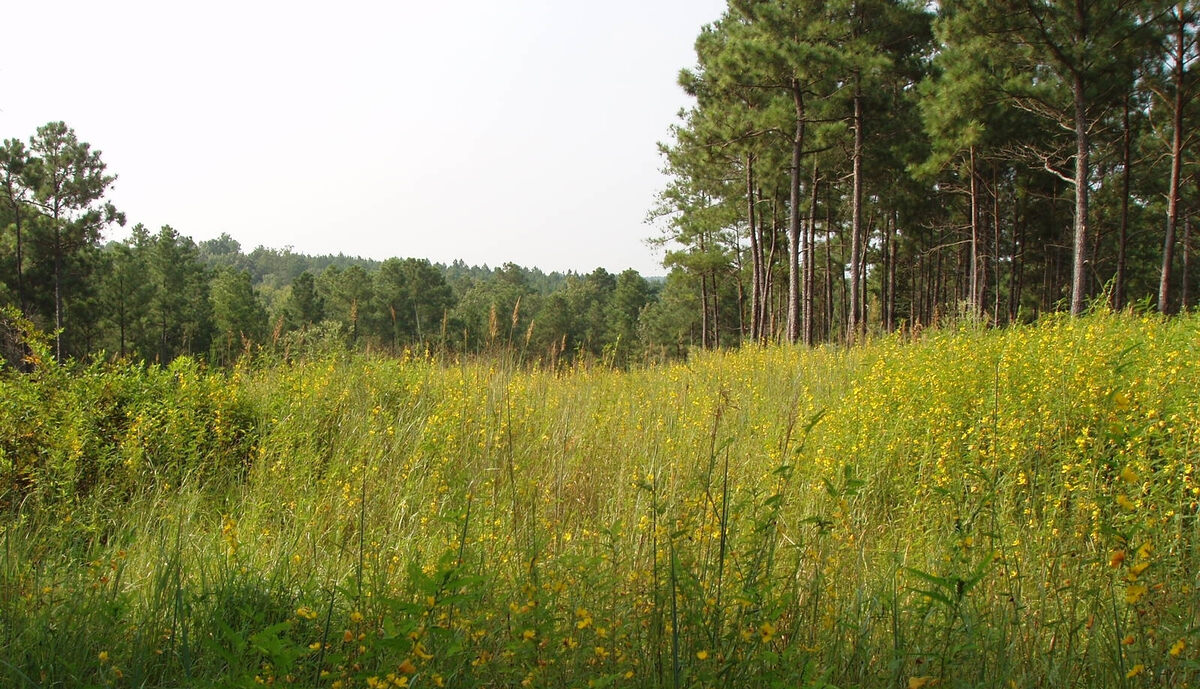

Landscaping Ideas
What Is A Warm Season Grass
Published: January 27, 2024
Learn about warm season grass for landscaping ideas. Discover the best types and how to care for them in your yard. Improve your lawn with these tips!
(Many of the links in this article redirect to a specific reviewed product. Your purchase of these products through affiliate links helps to generate commission for Storables.com, at no extra cost. Learn more)
Introduction
When it comes to creating a lush, vibrant landscape, choosing the right type of grass is crucial. Warm season grasses are a popular choice for many homeowners and landscapers due to their ability to thrive in hot and humid climates. These grasses are known for their resilience and ability to withstand the scorching heat of summer, making them an excellent option for lawns, parks, and sports fields in regions with warm climates.
Warm season grasses are characterized by their optimal growth during the warmer months of the year. Unlike cool season grasses, which flourish in cooler temperatures, warm season grasses reach their peak growth during the summer, providing a verdant and inviting landscape when properly cared for. These grasses are well-suited for regions with hot summers and mild winters, making them a popular choice in the southern United States and other similar climates around the world.
In this comprehensive guide, we will delve into the characteristics, types, and benefits of warm season grasses, as well as provide valuable insights on how to care for and maintain these resilient plants. Whether you are a homeowner looking to revitalize your lawn or a landscaping professional seeking to enhance outdoor spaces, understanding the unique attributes of warm season grasses is essential for achieving a thriving and visually appealing landscape.
As we embark on this journey through the world of warm season grasses, you will gain a deeper appreciation for these resilient plants and discover the myriad ways in which they can elevate the beauty and functionality of outdoor environments. So, let's explore the fascinating realm of warm season grasses and unlock the secrets to cultivating a vibrant and resilient landscape that flourishes under the warmth of the sun.
Key Takeaways:
- Warm season grasses thrive in hot climates, withstand drought, and are perfect for high-traffic areas. They offer low maintenance and diverse options for creating vibrant, sustainable landscapes.
- Proper care, including watering, mowing, and pest management, is essential for nurturing resilient warm season grasses. Their heat tolerance and versatility make them ideal for creating visually appealing outdoor spaces.
Read more: What Is Cool Season Grass
Characteristics of Warm Season Grasses
Warm season grasses exhibit distinct characteristics that set them apart from their cool season counterparts. Understanding these traits is essential for harnessing the full potential of these resilient plants in landscaping and lawn care. Here are the key characteristics of warm season grasses:
-
Optimal Growth in Warm Weather: Warm season grasses thrive in hot and humid conditions, reaching their peak growth during the summer months. This makes them well-suited for regions with long, hot summers and mild winters, where cool season grasses may struggle to flourish.
-
Drought Tolerance: One of the most notable characteristics of warm season grasses is their exceptional ability to withstand drought conditions. These grasses have deep root systems that enable them to access water stored in the soil, allowing them to maintain their lush green appearance even during periods of limited rainfall.
-
Heat Resistance: Unlike cool season grasses, which can struggle in high temperatures, warm season grasses are remarkably resilient in the face of intense heat. They have evolved to thrive in hot climates, making them an ideal choice for lawns and landscapes in regions with scorching summer weather.
-
Brown Dormancy in Winter: During the cooler months, warm season grasses enter a period of dormancy and may turn brown. This is a natural response to the colder temperatures and is not indicative of poor health. Understanding this characteristic is important for managing expectations and maintaining proper lawn care practices during the winter.
-
Versatility in Landscaping: Warm season grasses offer a diverse range of species, each with its own unique characteristics and visual appeal. From the fine texture of Bermuda grass to the lush, dense growth of Zoysia grass, there is a warm season variety to suit various landscaping preferences and functional needs.
-
Resilience to Foot Traffic: Many warm season grasses exhibit excellent resilience to foot traffic, making them suitable for lawns, parks, and sports fields where regular activity occurs. This durability enhances their appeal for high-traffic areas, contributing to their widespread use in recreational and residential settings.
Understanding these characteristics is essential for harnessing the full potential of warm season grasses in landscaping and lawn care. By leveraging their resilience, drought tolerance, and adaptability to warm climates, homeowners and landscapers can create vibrant, sustainable outdoor spaces that thrive under the summer sun.
Types of Warm Season Grasses
Warm season grasses encompass a diverse array of species, each with its own unique characteristics and suitability for specific environments. Understanding the different types of warm season grasses is essential for selecting the most suitable variety for a particular landscaping project or lawn care regimen. Let's explore some of the most popular types of warm season grasses and their distinct attributes:
Bermuda Grass
Bermuda grass (Cynodon dactylon) is a widely cultivated warm season grass known for its exceptional heat tolerance and rapid growth. This grass variety thrives in full sun and exhibits excellent resilience to foot traffic, making it a popular choice for lawns, golf courses, and athletic fields. With its fine texture and vibrant green color, Bermuda grass adds a lush, manicured look to outdoor spaces, making it a favored option for high-visibility areas.
Zoysia Grass
Zoysia grass (Zoysia spp.) is prized for its dense growth and remarkable tolerance to heat, drought, and foot traffic. This warm season grass variety is well-suited for lawns, parks, and recreational areas where durability and visual appeal are paramount. With its lush, carpet-like appearance and ability to thrive in both sun and partial shade, Zoysia grass offers a versatile and visually striking option for landscaping projects.
Read more: When Is Lemongrass In Season
Centipede Grass
Centipede grass (Eremochloa ophiuroides) is celebrated for its low-maintenance requirements and ability to thrive in acidic soils. This warm season grass variety boasts a medium texture and a vibrant green hue, adding a touch of elegance to landscapes while requiring minimal upkeep. Centipede grass is an excellent choice for homeowners seeking a resilient, visually appealing lawn that can withstand the rigors of varying environmental conditions.
Bahia Grass
Bahia grass (Paspalum notatum) is renowned for its exceptional drought tolerance and adaptability to a wide range of soil types. This warm season grass variety is well-suited for coastal regions and areas with sandy soils, where its deep root system enables it to access moisture and thrive in challenging conditions. With its coarse texture and robust growth, Bahia grass offers a rugged yet attractive option for landscapes that demand resilience and sustainability.
St. Augustine Grass
St. Augustine grass (Stenotaphrum secundatum) is prized for its lush, broad blades and ability to thrive in shaded areas, making it an ideal choice for lawns with limited sun exposure. This warm season grass variety exhibits excellent heat tolerance and rapid growth, creating a verdant, inviting landscape even in areas with partial shade. With its rich green color and adaptability to various soil types, St. Augustine grass is a versatile and visually appealing option for shaded lawns and landscapes.
Understanding the unique characteristics and suitability of each warm season grass variety is essential for making informed decisions when selecting the most appropriate option for a specific landscaping project or lawn care regimen. By leveraging the distinct attributes of these grasses, homeowners and landscapers can create vibrant, resilient outdoor spaces that flourish under the warmth of the sun.
Benefits of Using Warm Season Grasses
Warm season grasses offer a myriad of benefits that make them a compelling choice for landscaping and lawn care in regions with hot summers and mild winters. Understanding the advantages of utilizing warm season grasses is essential for homeowners and landscapers seeking to create vibrant, sustainable outdoor environments. Here are the key benefits of using warm season grasses:
-
Heat Tolerance: One of the primary benefits of warm season grasses is their exceptional heat tolerance. These grasses have evolved to thrive in hot climates, making them well-suited for regions with scorching summer temperatures. Their ability to maintain lush, green growth even in the face of intense heat ensures that outdoor spaces remain visually appealing and inviting throughout the warmer months.
-
Drought Resistance: Warm season grasses exhibit remarkable drought resistance, allowing them to thrive in environments with limited water availability. Their deep root systems enable them to access moisture stored in the soil, making them an ideal choice for landscapes and lawns in regions prone to dry spells. By conserving water and maintaining their verdant appearance during periods of limited rainfall, these grasses contribute to sustainable landscaping practices.
-
Resilience to Foot Traffic: Many warm season grass varieties demonstrate excellent resilience to foot traffic, making them suitable for lawns, parks, and recreational areas where regular activity occurs. Their durability and ability to recover from wear and tear make them an ideal choice for high-traffic outdoor spaces, contributing to the longevity and visual appeal of the landscape.
-
Versatility in Landscaping: Warm season grasses offer a diverse range of species, each with its own unique characteristics and visual appeal. From the fine texture of Bermuda grass to the lush, dense growth of Zoysia grass, there is a warm season variety to suit various landscaping preferences and functional needs. This versatility allows homeowners and landscapers to select the most suitable grass type for specific outdoor environments, enhancing the overall aesthetic and functionality of the landscape.
-
Low Maintenance Requirements: Many warm season grasses boast low maintenance requirements, making them an attractive option for homeowners seeking a visually appealing lawn without extensive upkeep. Their ability to thrive with minimal intervention, coupled with their resilience to environmental stressors, contributes to a sustainable and cost-effective approach to lawn care and landscaping.
By harnessing the benefits of warm season grasses, homeowners and landscapers can create vibrant, resilient outdoor spaces that flourish under the warmth of the sun. Whether it's the heat tolerance, drought resistance, or versatility in landscaping, these grasses offer a compelling array of advantages that contribute to the beauty, sustainability, and functionality of outdoor environments.
How to Care for Warm Season Grasses
Caring for warm season grasses is essential for maintaining a vibrant and resilient lawn or landscape throughout the hot summer months. By implementing proper care practices, homeowners and landscapers can ensure that these grasses thrive under the warmth of the sun and remain visually appealing even in challenging environmental conditions. Here are essential tips for effectively caring for warm season grasses:
-
Proper Watering: While warm season grasses exhibit drought tolerance, they still require adequate water to thrive. During the active growing season, it's crucial to provide deep, infrequent watering to encourage deep root growth. Watering in the early morning helps minimize evaporation and allows the grass to dry before evening, reducing the risk of disease.
-
Mowing Practices: Maintaining the appropriate mowing height is vital for the health of warm season grasses. It's recommended to mow at the highest setting for the specific grass variety to promote strong root development and shade the soil, reducing moisture evaporation. Additionally, regular mowing helps control thatch buildup and encourages lateral growth.
-
Fertilization: Applying a balanced fertilizer according to the specific warm season grass type and local soil conditions is essential for promoting healthy growth. It's advisable to conduct a soil test to determine the grass's nutrient requirements and apply fertilizer accordingly. Slow-release fertilizers are often preferred to provide consistent nourishment over an extended period.
-
Aeration: Aerating the lawn helps alleviate soil compaction, improve water and nutrient penetration, and promote robust root development. For warm season grasses, aeration is typically performed during the active growing season to maximize its benefits and support the grass's overall health.
-
Weed Control: Implementing effective weed control measures is crucial for preserving the health and appearance of warm season grasses. Regular inspection and targeted weed management, including pre-emergent herbicide applications as needed, help prevent weed encroachment and maintain the grass's lush, uniform growth.
-
Pest and Disease Management: Monitoring for signs of pests and diseases is essential for early intervention and prevention of potential damage to warm season grasses. Implementing integrated pest management practices and promptly addressing any issues that arise can help safeguard the grass's vitality.
-
Seasonal Maintenance: Adapting care practices to the seasonal requirements of warm season grasses is key to ensuring their long-term health. This includes adjusting watering schedules, mowing heights, and fertilization based on the grass's growth patterns and environmental conditions.
By following these care guidelines, homeowners and landscapers can nurture thriving, resilient warm season grasses that enhance the beauty and functionality of outdoor spaces, creating a welcoming and visually appealing landscape that flourishes under the summer sun.
Conclusion
In conclusion, warm season grasses stand as resilient and versatile options for creating vibrant, sustainable landscapes in regions with hot summers and mild winters. Their exceptional heat tolerance, drought resistance, and adaptability to various soil types make them invaluable assets for homeowners and landscapers seeking to cultivate lush, visually appealing outdoor environments.
The unique characteristics of warm season grasses, including their optimal growth in warm weather, drought tolerance, and resilience to foot traffic, underscore their suitability for a wide range of landscaping applications. Whether it's the fine texture of Bermuda grass, the dense growth of Zoysia grass, or the low-maintenance appeal of Centipede grass, these varieties offer diverse options to cater to specific aesthetic and functional preferences.
Furthermore, the benefits of using warm season grasses, such as their heat tolerance, low maintenance requirements, and versatility in landscaping, contribute to their appeal as sustainable and cost-effective choices for creating and maintaining vibrant outdoor spaces. By leveraging these advantages, homeowners and landscapers can establish resilient, visually striking lawns and landscapes that endure the rigors of hot climates while minimizing environmental impact.
Effective care practices, including proper watering, mowing, fertilization, aeration, weed control, and pest management, are essential for nurturing thriving warm season grasses. By implementing these guidelines, individuals can ensure that their landscapes remain verdant and resilient, providing inviting outdoor spaces for relaxation, recreation, and aesthetic enjoyment.
In essence, warm season grasses embody the perfect blend of resilience, sustainability, and visual appeal, making them indispensable components of thriving outdoor environments. By understanding their unique characteristics, benefits, and care requirements, homeowners and landscapers can harness the full potential of warm season grasses to create enduring, vibrant landscapes that flourish under the warmth of the sun.
Frequently Asked Questions about What Is A Warm Season Grass
Was this page helpful?
At Storables.com, we guarantee accurate and reliable information. Our content, validated by Expert Board Contributors, is crafted following stringent Editorial Policies. We're committed to providing you with well-researched, expert-backed insights for all your informational needs.
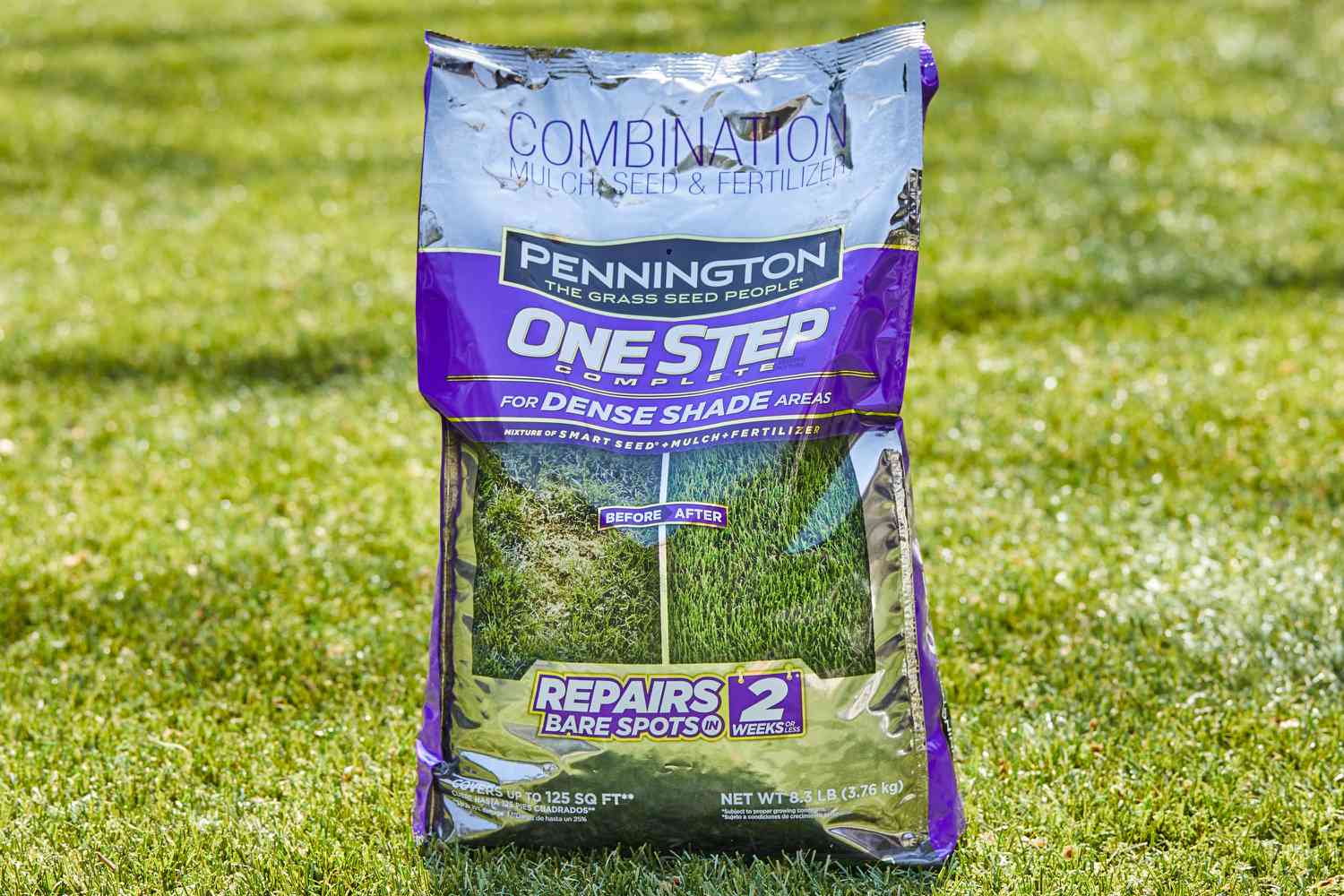
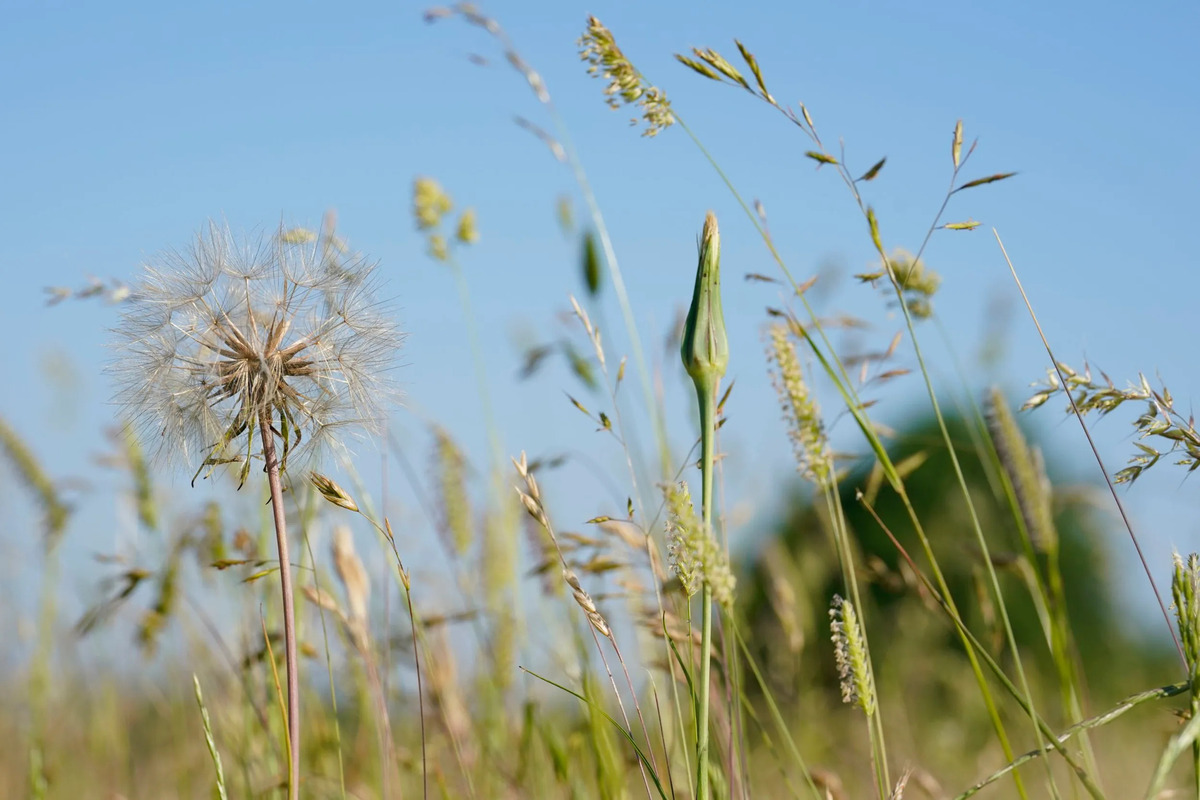
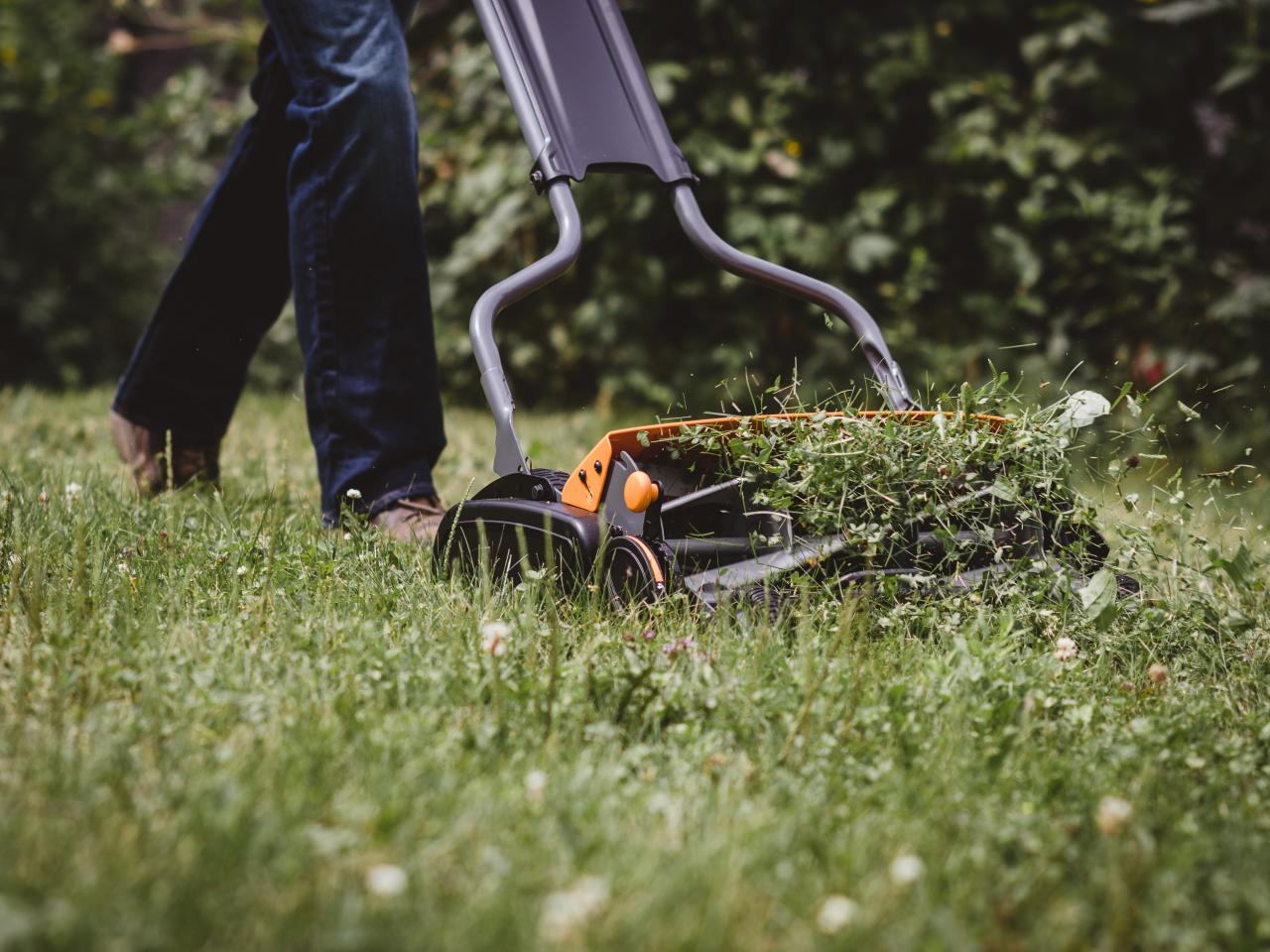
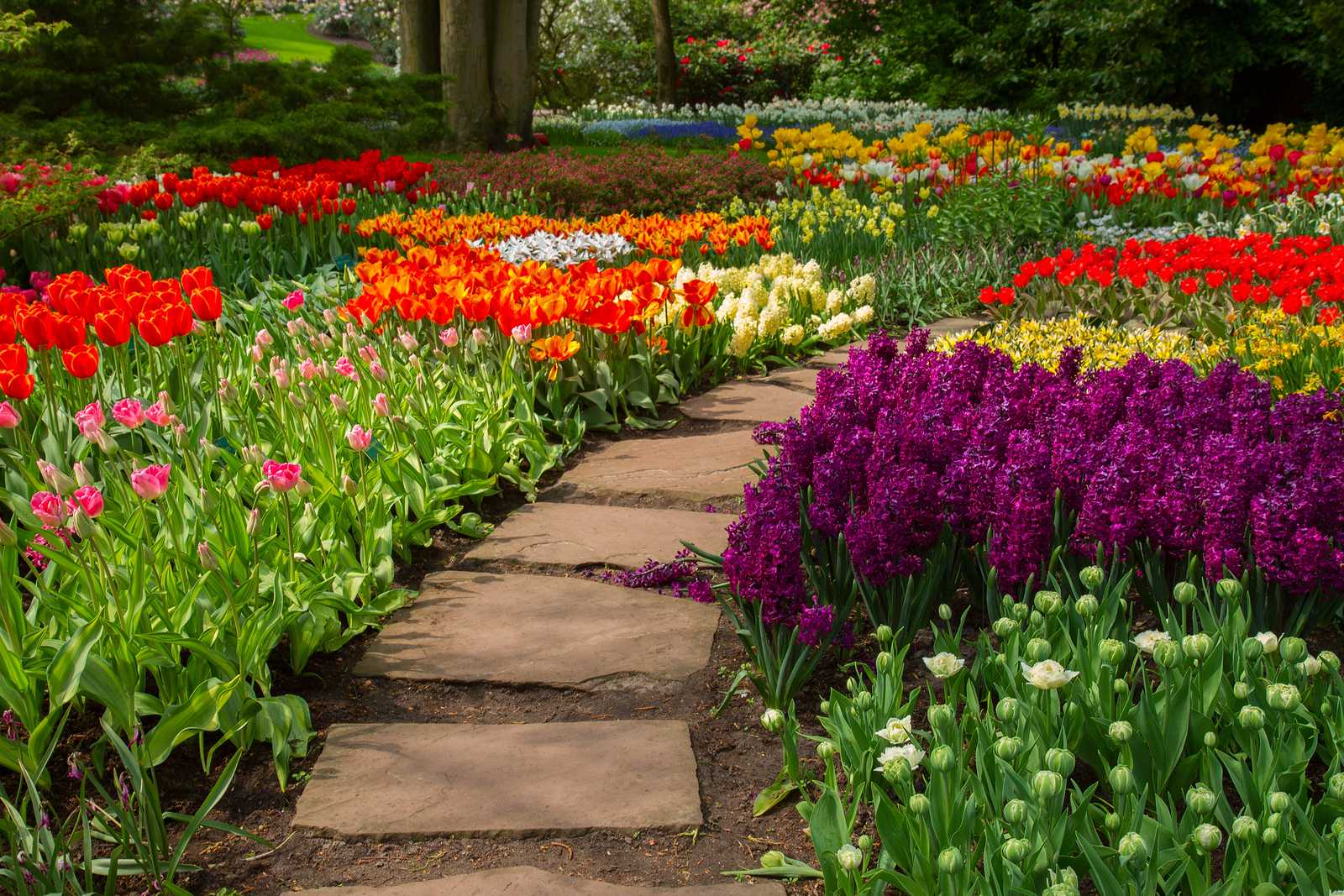
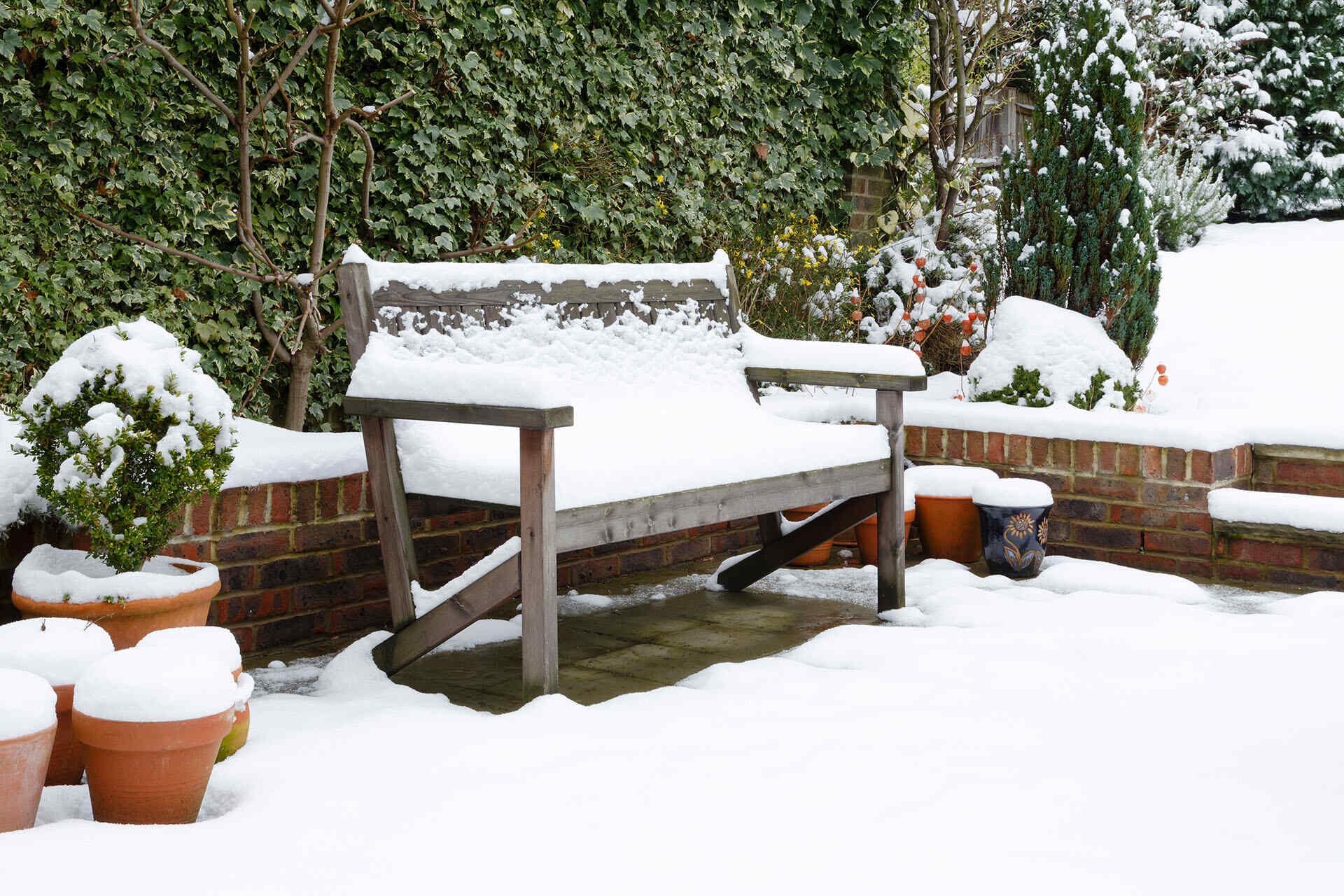


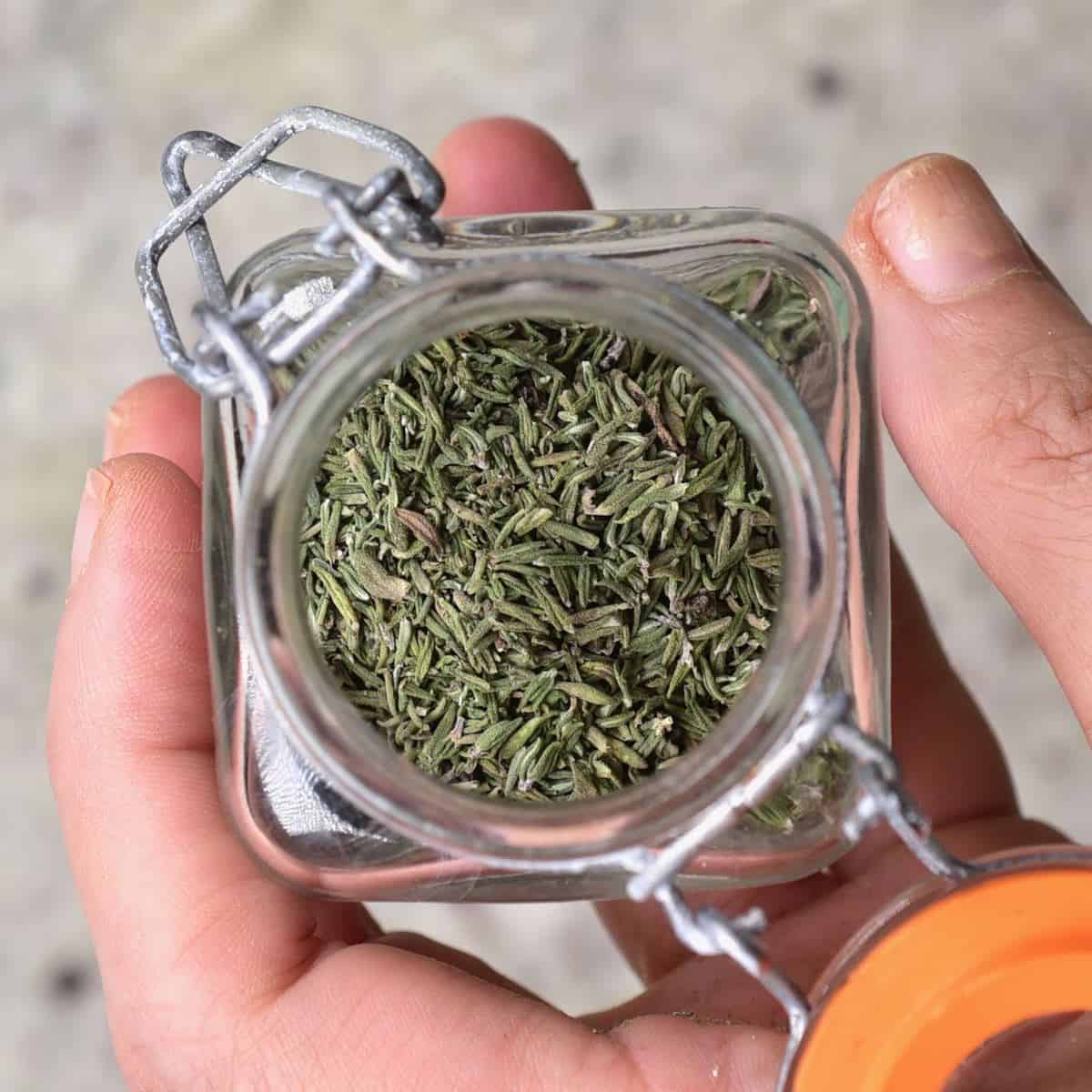




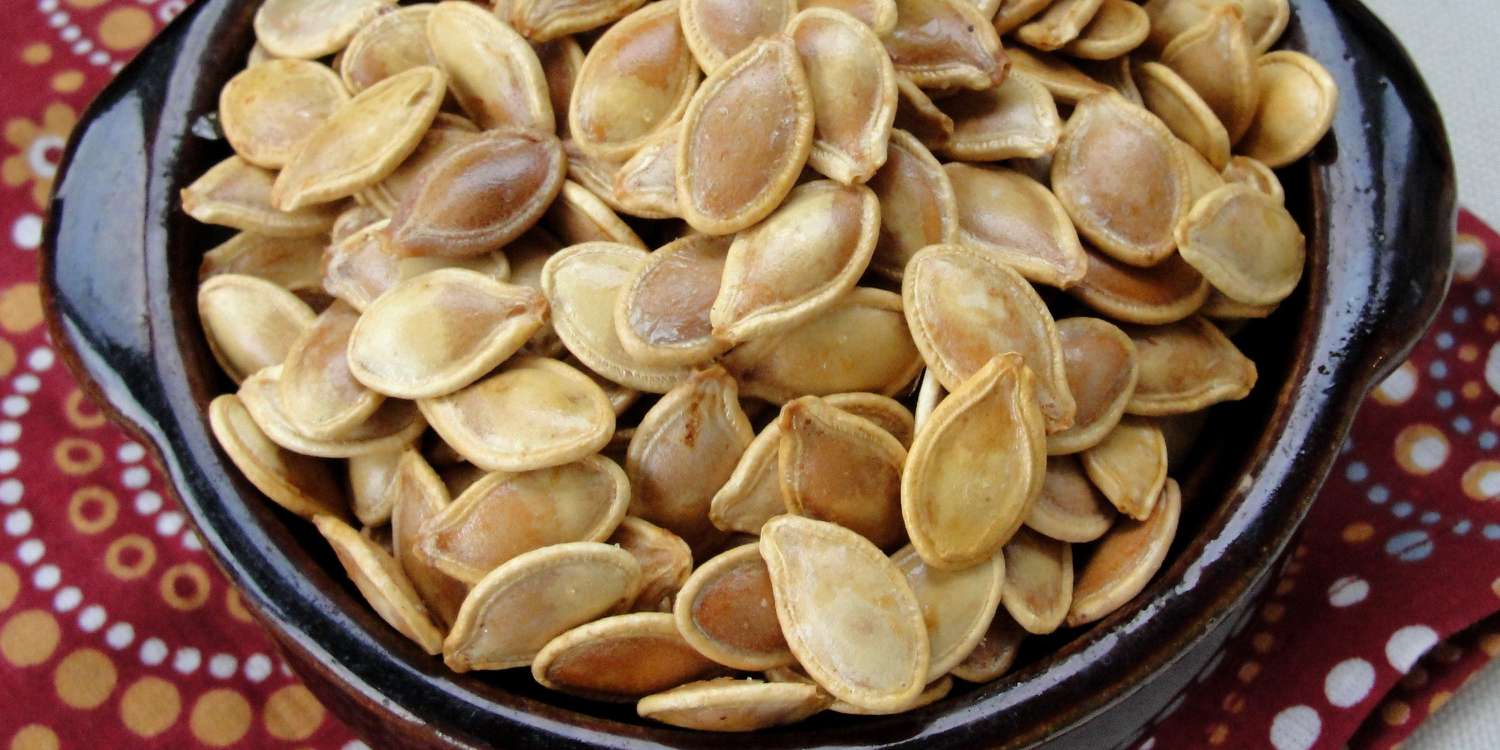

0 thoughts on “What Is A Warm Season Grass”